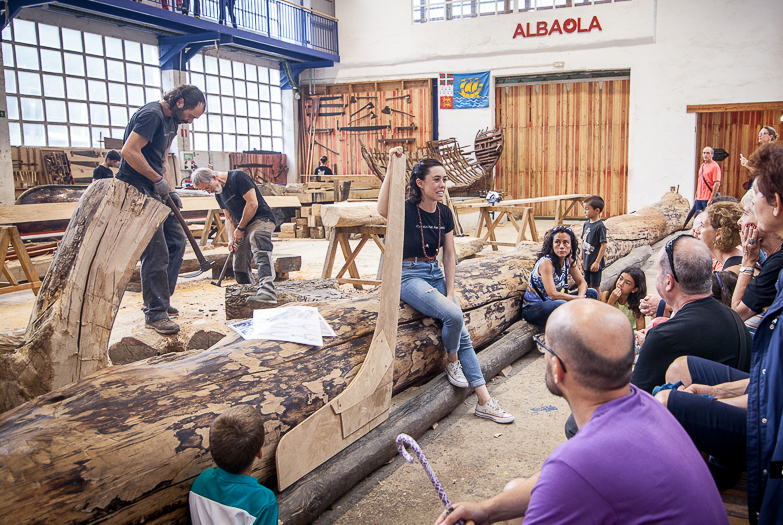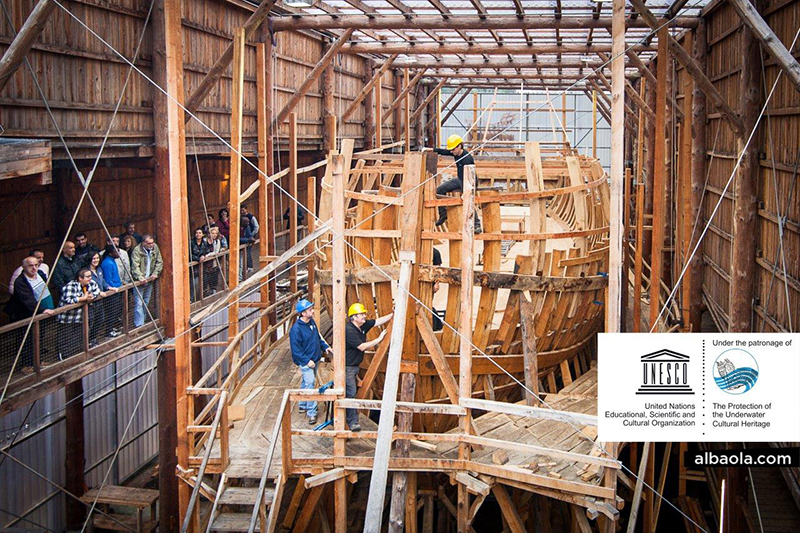
Albaola is a living museum. It is a space in what used to be a shipyard in the port of Pasaia, where work is ongoing on a replica of a 16th century whaling galleon, the San Juan. A medium-sized transoceanic vessel: 25 metres long and 7 metres wide, with 3 decks and 5 whaling boats, requiring a 60-man crew.
Work to reconstruct this naval prodigy of days gone by has been carried out in public since 2014, and it can be seen up close during a guided tour. The project is retrieving maritime crafting technology, and reviving the trades of a bygone age.
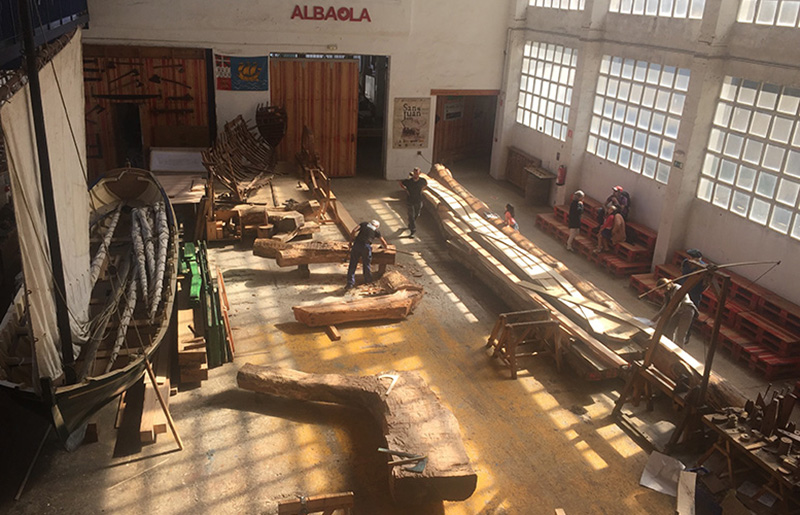
The historical contextualisation of the whaler being built at the Basque Sea Factory apprises visitors of the key factors of Basque economic development during that golden period.
It started with the Basques. This is a quote from US President Thomas Jefferson in 1788, referring to the fact that several centuries previously Basque fishermen had introduced the “known” world at the time to industrial whaling.
Other peoples such as the Inuits were already involved in whaling, but the whalers from Bizkaia, Gipuzkoa and the coast of Lapurdi transformed it into North America’s main industrial activity.
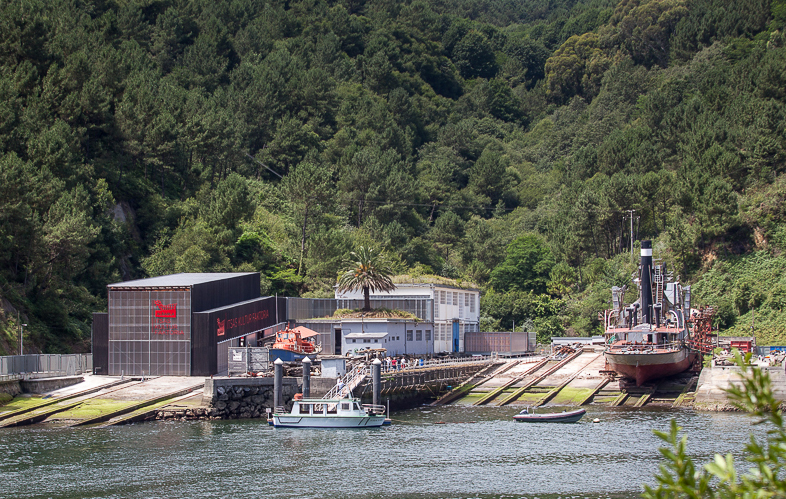
The San Juan Galleon. This galleon was one of many Basque whalers that plied the Atlantic from Pasaia to the island of Terranova, now Newfoundland, Canada, in search of the huge mammals which came there from the Arctic to feed and reproduce. At the time, whale blubber was a huge source of wealth for the Basque Country. It was made into oil to light lamps all over Europe. The sailors held out during these long voyages by drinking cider, which apparently protected them against scurvy. What used to be a basic necessity at the time for these illustrious expeditionaries is now a popular beverage with a popular winter tradition in the Basque Country.
Do you know what a cider house is? Check out the Basques’ winter ritual
In 1565, when it was ready to return to Pasaia with a load of almost one thousand barrels of whale oil, a mighty storm sank the San Juan. Fortunately no lives were lost, and the crew members were able to make it home safe and sound on other whaling vessels.
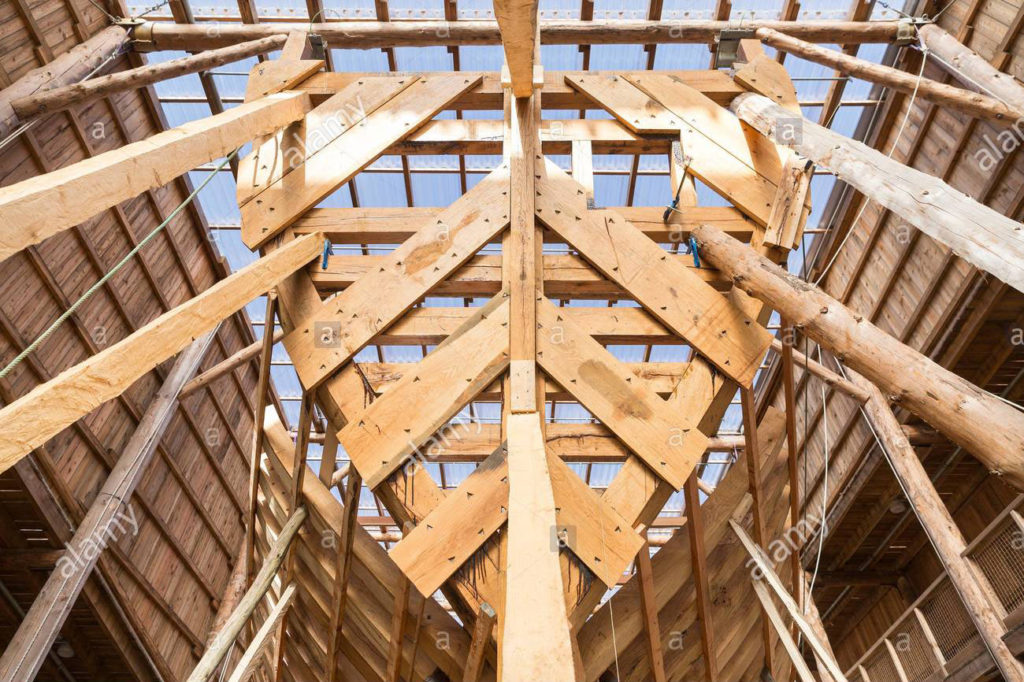
More than 400 years later, in 1978, a Canadian archaeology team found the lost ship ten metres under the sea close to Red Bay. It was extremely well preserved thanks to the low water temperature, and also to the fact that it had been protected by a thick layer of mud and stones.
Research was conducted for more than 30 years, a task acclaimed as exemplary, and this made the San Juan galleon the icon symbolising the UNESCO Underwater Cultural Heritage. The wrecked ship is still underwater, protected and monitored in a stable environment for the purposes of conservation. Meanwhile, on the basis of exhaustive knowledge of the galleon’s structure and materials, an exact replica is being built at Albaola, with the same materials, applied in exactly the same way as in the 16th century.
Among other components, it has a keel of almost 15 metres, and masts and yards built from 20 spruces, and a structure built using at least 200 oaks grown specially for this purpose. All the wood used was taken from local forests. Mainly in Navarra: the Salazar and Sakana valleys, and also in Gipuzkoa.
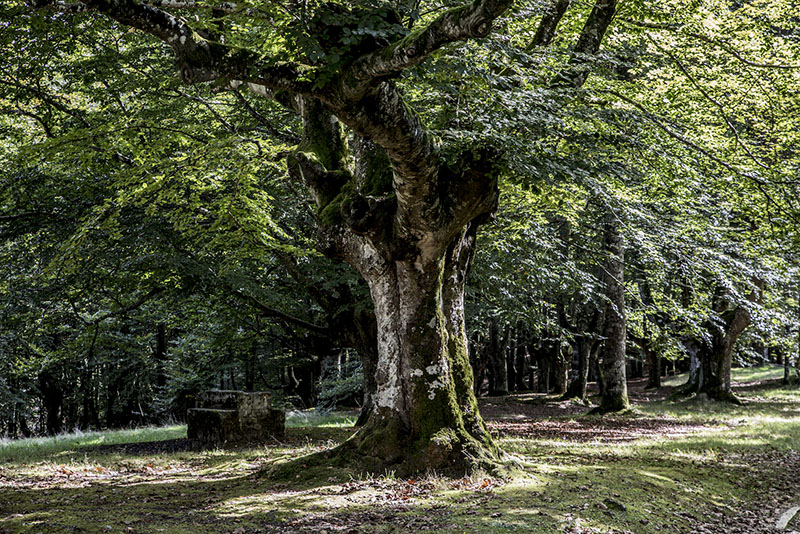
In short, this is an exciting private project backed by public institutions such as the Gipuzkoa Provincial Council (“Diputación”), the Basque Government and UNESCO. Assistance has also been provided by some fifty companies and a large number of volunteers. Plans include taking the new San Juan galleon to the spot where the original vessel was lost. There can be no doubt that crossing the Atlantic Ocean in the 21st century with a ship with 16th century characteristics will be quite a milestone for Albaola.
The Basque Sea Factory, however, has already achieved one huge objective, that of showcasing Basque maritime heritage. Proof of this is the support it has received and the numerous visits: 250,000 since it opened in 2014, up to 2019.
***
